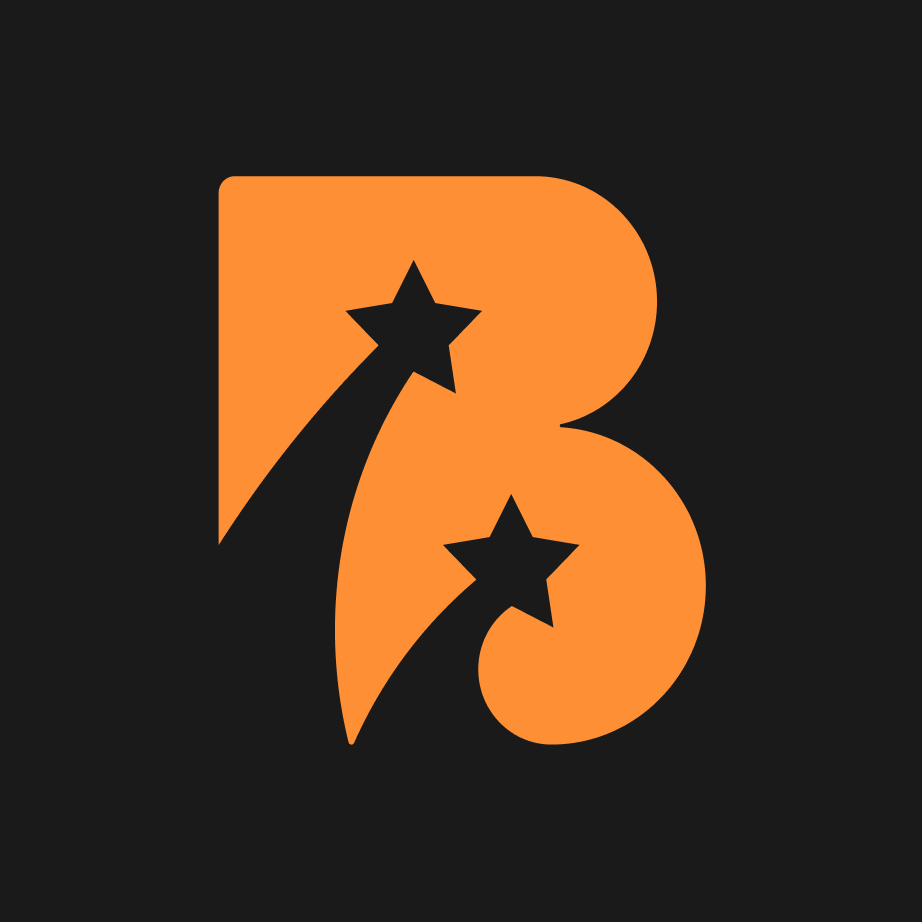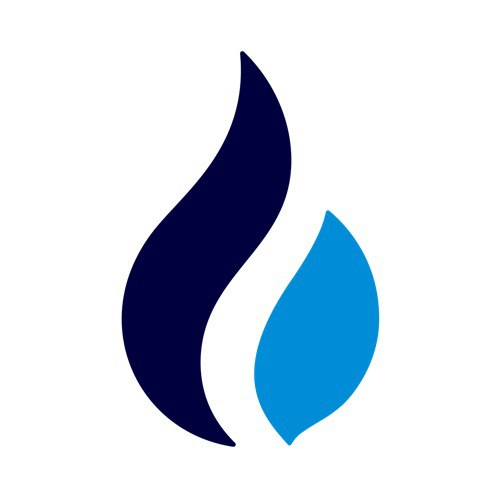
CEEK
项目开始时间

2018年6月12日
关于
1. Background IntroductionCEEK is a blockchain-based platform focused on the intersection of virtual reality (VR), augmented reality (AR), and the metaverse. It aims to create immersive experiences for entertainment, education, and social interactions. The platform leverages cryptocurrency (CEEK tokens) to facilitate transactions within its ecosystem, targeting artists, creators, and users seeking next-gen digital experiences. The project positions itself at the forefront of the Web3 revolution, integrating NFTs and decentralized technologies.2. Core Website ContentThe website showcases CEEK's VR/AR metaverse platform with features like virtual concerts, NFT marketplaces, and educational spaces. Key sections include: a VR headset product (CEEK VR), celebrity partnerships (e.g., Lady Gaga collaborations), and a token-powered economy. The platform emphasizes content creation tools for artists and a "CEEK City" metaverse environment. Whitepaper links and roadmap highlight plans for cross-platform compatibility (mobile/desktop/VR) and blockchain integration.3. Technical FeaturesCEEK combines Ethereum-based smart contracts (ERC-20/ERC-721) with proprietary VR technology. The platform uses decentralized storage for 3D assets and implements proof-of-stake mechanisms for energy efficiency. Unique technical aspects include spatial audio for virtual events and cross-chain compatibility (Binance Smart Chain integration). The website mentions upcoming AI-driven avatar customization but lacks detailed technical documentation for developers.4. Token EconomicsThe CEEK token (ERC-20) serves as the native currency for: purchasing virtual land, buying NFT tickets to events, tipping creators, and staking rewards. Tokenomics include a fixed supply (1 billion), with 40% allocated to ecosystem development and 20% to team/advisors (vested). The website shows token utility but lacks transparent burn mechanisms or detailed inflation controls. Revenue streams include 10% transaction fees on NFT sales.5. Competitor ComparisonCompared to Decentraland (MANA), CEEK focuses more on live entertainment vs. general virtual worlds. Unlike Sandbox's UGC emphasis, CEEK prioritizes premium partnered content. Relative to Somnium Space, CEEK offers stronger hardware integration (VR headsets) but weaker open-world building tools. Unique advantages include patented VR technology and existing music industry partnerships, though it trails in DAO governance features seen in competitors.6. Risks and ChallengesKey risks include: reliance on celebrity partnerships (centralization risk), VR hardware adoption barriers, and competition from tech giants entering metaverse (Meta/Apple). Regulatory uncertainty around NFT ticketing and potential token classification as security pose legal challenges. The website doesn't sufficiently address scalability solutions for mass VR event attendance or platform dependency on Ethereum's gas fees.7. Industry FutureCEEK aligns with growing trends: metaverse market (projected $800B by 2024), NFT-based entertainment, and VR hardware advancements. Success depends on capturing the live events niche before competitors. The website's roadmap suggests AR cloud integration and 5G optimization, positioning for next-gen connectivity. Long-term viability requires solving Web3 usability challenges for mainstream audiences unfamiliar with crypto wallets.8. SummaryCEEK presents an innovative crypto-VR hybrid model with strong entertainment industry ties but faces adoption and technical hurdles. Its differentiated focus on immersive live events and hardware integration offers unique value, though token economics could benefit from clearer deflationary mechanisms. The project's success hinges on balancing centralized partnerships with decentralized ethos while navigating the evolving regulatory landscape for crypto-metaverse platforms. 更多>









































 看多
看多
 看空
看空